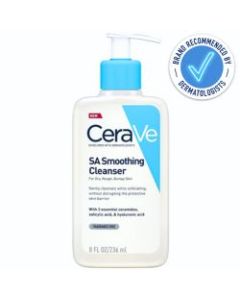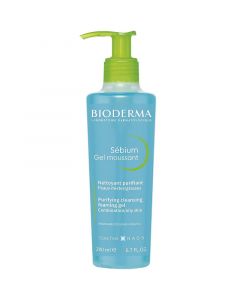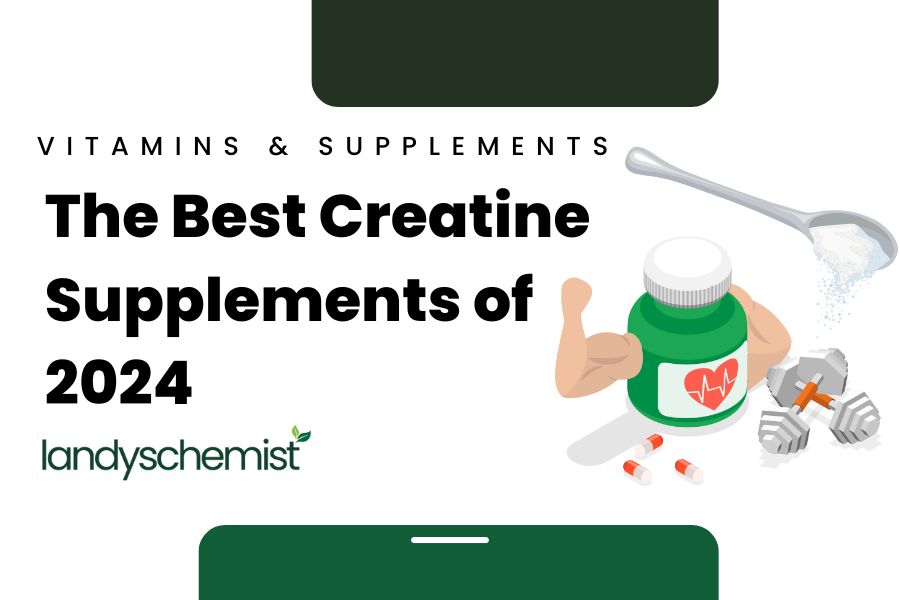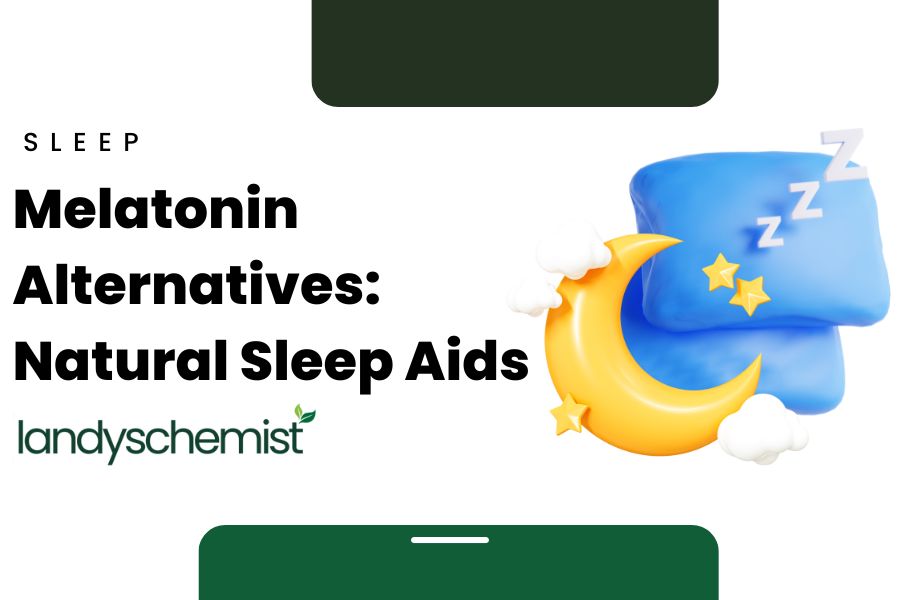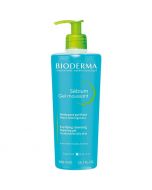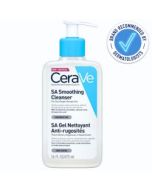
The best cleanser for combination skin with blackheads
Having combination skin can make finding the right skincare products incredibly difficult – trying to control that shine whilst still hydrating the skin can be a frustrating experience that many of us go through! To find the right skincare that will control excess oil whilst maintaining hydration with the skin, it is important to look at the specific ingredients.
In this blog, we explore what some of the best cleansers for combination skin are and what ingredients to look for combination skin.
It is normal to have multiple skin types occurring at once on the face. It is important to understand the specific skin type so you can identify the correct skincare ingredients to help.
Combination skin is a mixture of oily skin predominantly on the T-zone (forehead, nose, and chin) with areas of dry skin (mainly the cheeks). Another key characteristic of combination skin is blackheads and visible pores due to excess sebum production.
If you have combination skin, it is common for skin to become oilier in the warmer months and drier as it becomes colder.
How to identify if you have combination skin:
An easy way to identify whether you have oily skin is by doing a simple at-home observation. Try to identify if you have multiple textures on the skin, if you experience a shiny T-zone (the area around our forehead, nose, and chin) and dry, tight feeling skin around the cheeks and jawline.
What factors can contribute to combination skin?
Various factors can influence the development of combination skin, where some areas exhibit more oiliness, and others may appear flaky. Genetics is often a significant influencer, playing a key role in our skin’s oil production levels. The size of pores and sebaceous glands also contribute, with larger or overactive pores leading to increased oil production. An imbalance in hormones can also trigger excess oil secretion.
The surrounding environment and seasonal changes further influence skin behaviour. Elevated temperatures and higher humidity levels cause sweat glands to secrete more sweat, resulting in oilier skin. Conversely, colder months, coupled with indoor heating from radiators and portable heaters, can strip the skin of its natural oils. This imbalance may lead to compensatory overproduction of oil in the T zone whilst causing flakiness across the cheeks.
Skincare Ingredients for combination skin
When looking for skincare for combination skin, it is vital to avoid stripping the skin of its natural oils. It is easy to find a cleanser that is formulated for oily skin that may be too harsh on the drier parts of the face like the cheeks. Look for gentle, hydrating ingredients that help to provide moisture to the skin, whilst balancing oil production.
It is beneficial to identify cleansers that are classified as “fragrance-free” and “non-comedogenic” as this will not irritate the skin, or clog the pores, helping to maintain a healthy skin barrier.
Hyaluronic Acid for combination skin
Hyaluronic Acid acts as a non-comedogenic humectant which can help to effectively preserve skin hydration. Hyaluronic acid has unique properties which are advantageous for combination skin. Combination skin may overproduce oil when lacking adequate moisture, and by incorporating Hyaluronic Acid into your skincare, the cleanser helps to attract and retain moisture, balancing the skin’s hydration levels. Consequently, it not only ensures ample hydration, but also helps to reduce the excess oil production as hydrated skin is less likely to produce excess oil in response to dehydration.
Salicylic Acid for combination skin
Salicylic Acid, classified as a beta-hydroxy acid (BHA), provides a range of advantages for combination skin types. Its properties include aiding exfoliation, dissolving excess oil and sebum to unclog pores, and regulating sebum production. This helps the appearance of blackheads and textured skin. The inclusion of BHA aids in minimising shine in the skin and incorporates anti-inflammatory properties, effectively calming redness, and inflammation.
How to choose the best cleanser for Combination Skin:
When selecting a cleanser, identify key gentle ingredients that will help to effectively minimise excessive oil production on the face, whilst providing hydration to ensure that the skin’s barrier and pH is not disrupted.
Cerave SA Smoothing Cleanser for combination skin
The CeraVe SA Smoothing Cleanser is great for gentle exfoliation on the skin without the addition of microbeads.
It contains salicylic acid which helps to regulate sebum production without disrupting the skin’s natural barrier. This cleanser, developed with dermatologists, helps to effectively cleanse the skin whilst incorporating key ingredients like Ceramides and Hyaluronic Acid which helps to not only support the integrity of the skin barrier and retain moisture, but also remove dirt and oil from the skin.
This cleanser is non comedogenic, allergen-tested and fragrance-free. Simply wet the skin, massage the cleanser in gentle circular motions into the face, and rinse.
Bioderma Sebium Purifying and Foaming Cleansing Gel for combination skin
The Bioderma Sebium Purifying Foaming Gel Cleanser helps to control shine, unclog pores, and purify the skin in a gentle manner.
This ultra gentle cleanser contains zinc sulphate and copper sulphate to reduce excess sebum production, reduce the number of blemishes and cleanse the skin whilst respecting the skin’s natural pH.
This soap free formula is also non-comedogenic and non-drying. Simply apply onto the wet face and massage into the skin to work the cleanser into a foam. Rinse off thoroughly.
Summary:
- Combination skin is characterised by an oily T-Zone and dry areas around the cheeks, often accompanied by blackheads and visible pores due to excess sebum production.
- When choosing a cleanser for combination skin, opt for gentle hydrating ingredients that balance oil production and avoid stripping the skin of natural oils.
- Ensuring that a cleanser is fragrance free and non-comedogenic will help to avoid clogging of pores and disrupting the skin barrier.
- Hyaluronic Acid and Salicylic Acid are beneficial ingredients for combination skin cleansers as they help to hydrate the skin as well as unclog pores and regulate sebum production.
By Saarah Mengrani, MSc Biotechnology + Marketing Coordinator

